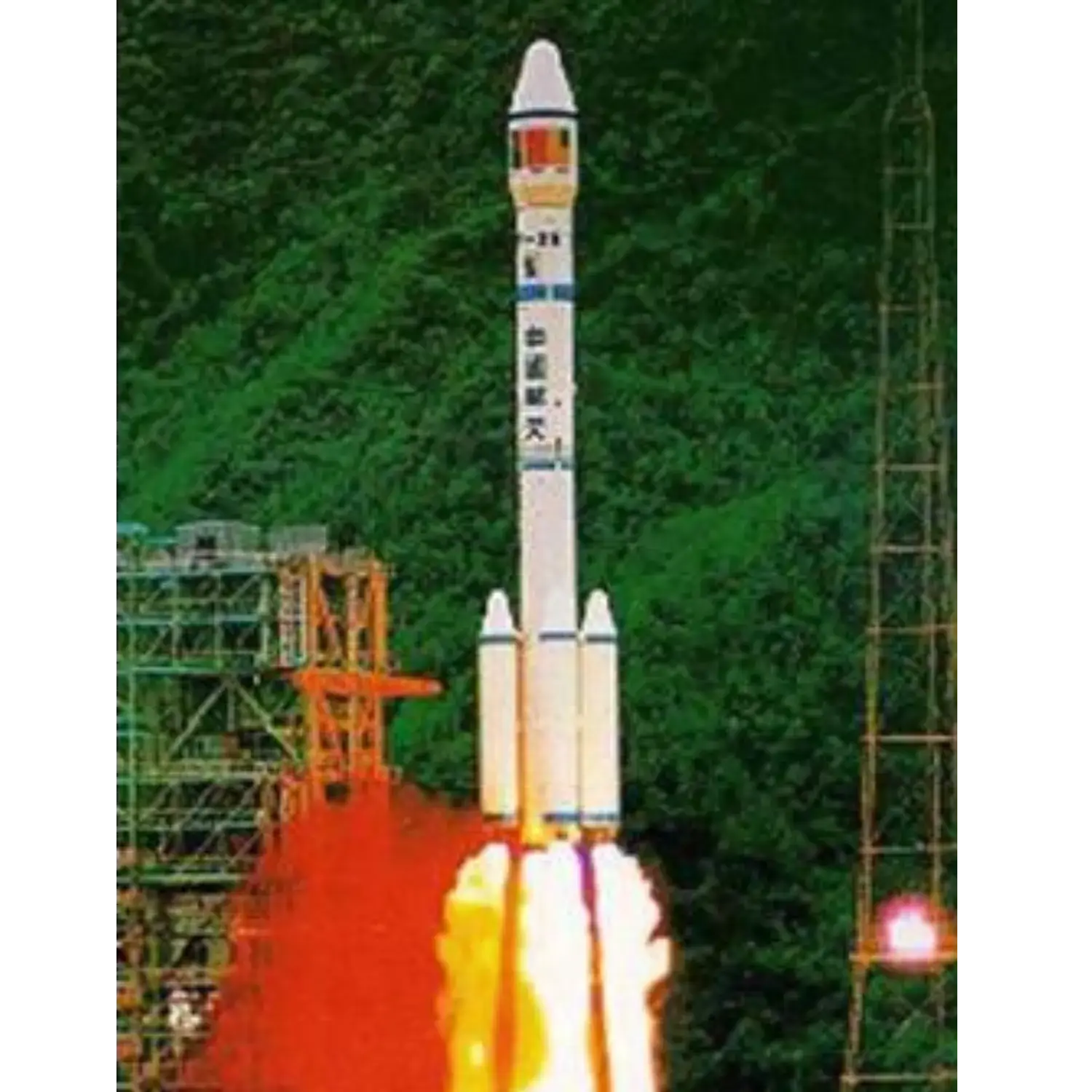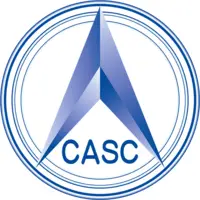/
Optus B2
Launch Failure
Liftoff Time (GMT)
11:21:00
Monday December 21, 1992
Mission Details
Launch Notes
Structural failure of payload fairing or satellite 48 seconds after launch destroyed the satellite. The launcher continued its flight to low earth orbit, where it successfully jettisoned the debris. The cause of the failure has never been identified with certainty, but it is very likely to be caused by the fairing of the launcher, not the satellite. As a result, the flight is considered a total failure.
Optus B2
Australia's national satellite communications company became the first customer to purchase the Hughes 601 body-stabilized satellite in July 1988, when it ordered two of the high-powered spacecraft to be delivered into orbit for its next-generation system. In January 1992 the Australian company, once known as AUSSAT Pty., Ltd., became part of Optus Communications Pty., Ltd., the country's new, privately owned telecommunications carrier. The spacecraft are called the Optus B series. The B-Class satellites were manufactured by Hughes and launched from the Xichang Satellite Launch Center by Long March rockets. The two satellites were the first U.S.-built satellites to be approved by the Reagan administration for launch on Chinese rockets. To break into the commercial launch market, the Chinese offered to launch for less than half of what a U.S. launch company would charge.
Geostationary Transfer Orbit
1 Payload
2,858 kilograms
Rocket


Manufacturer
CACRocket
Height: 49.73m
Payload to Orbit
LEO: 9,500 kg
GTO: 3,500 kg
Liftoff Thrust
5,923 Kilonewtons
Fairing
Diameter: 4.2m
Height: 12m
Stages
2
Strap-ons
4
Launch Site
Stats
Long March 2E
3rd
Mission
2nd
Mission of 1992
1992
92nd
Orbital launch attempt